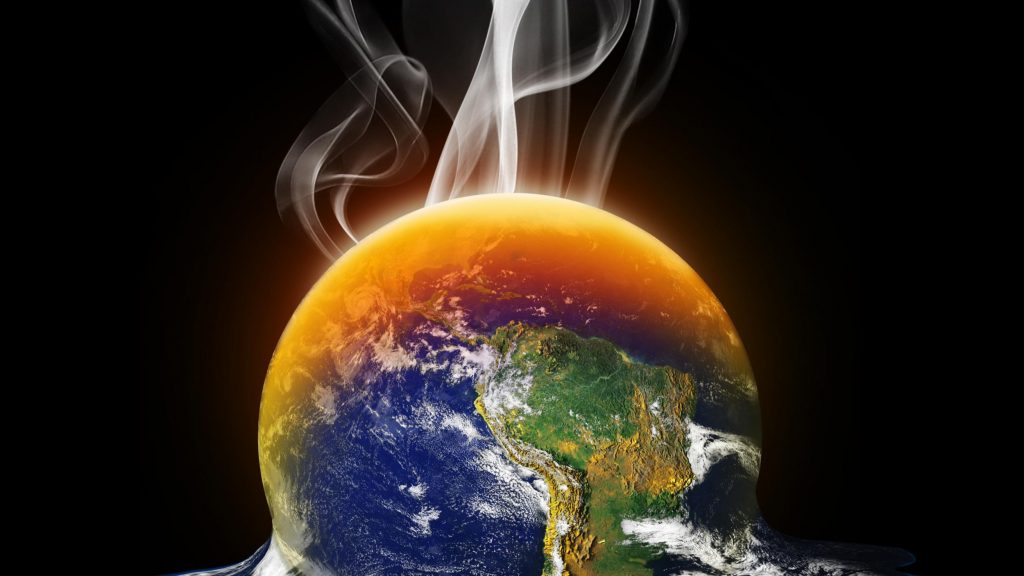The goal set in 2015 during the Paris Agreement to not allow the global temperature to increase over 2º, beyond vague in the how to, might be just impossible to achieve.
As pointed out on the article published last week in the journal Nature called Greater Future Global Warming inferred from Earth’s recent energy budget, it is quite likely that policy makers in charge of working towards this target may be underestimating several factors that intervene in the process. The main implication of this comes straight forward: optimistic expectations bring more lax regulation, for instance on lower intensity cuts in the greenhouse gas (GhG) emissions, and an overall worsening of the situation.
“The basic idea is that we have a range of projections on future warming that came from these climate models, and for scientific interest and political interest, we wanted to narrow this range” said Brown, one of the co-authors. “We find that the models that do the best at simulating the recent past project more warning”.
In fact, the work of Brown and Caldeira -both at the Carnegie Institution for Science- claims that, keeping the current emission level trend, temperature will rise above 4 degrees with a 93% chance, which constitutes an increase of 50% with respect to previous forecasts that moved around 62% probability. Furthermore, their research affirms that global temperatures could rise still half degree more than projected by the Intergovernmental Panel on Climate Change (IPCC) in the same period.
Their approach has been to reduce the inaccuracy present in many of the studies that tried to set a range for warming in the current century. For example, the IPCC estimation goes from 3.2º to 5.9º by 2011 over pre-industrial levels. Authors of this study have come to believe that its huge variance comes from how the IPCC assigns weights to the different models. Instead, Brown and Caldeira aimed to distinguish between good and poor performing models, in order to reduce uncertainty. According to Brown, “If you take the best models, those are the ones projecting the most warming in the future”.
While this is just a theoretical work, authorities all over the globe should take it as a warning and work for a much more defined and strict framework regarding GhG policy. The consequences of not doing so are not only unpredictable but can also be a point of no return in our relation with the planet.



